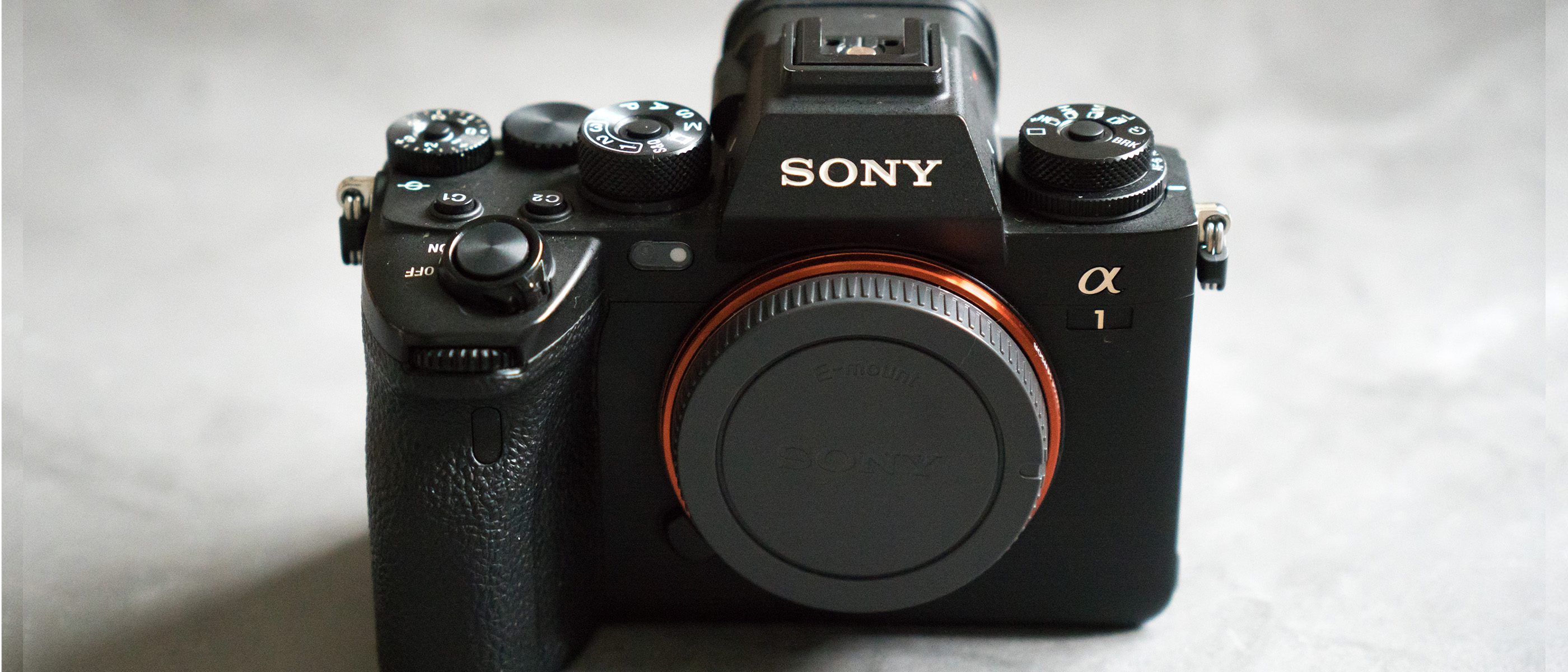Space Verdict
This camera can do everything. But is only really accessible to full-time professional photographers or amateurs with deep pockets. If you are fortunate enough to have the budget for it, then run, don't walk.
Pros
- +
Relentlessly intuitive shooting
- +
It can do everything
Cons
- -
Most expensive Alpha to date
- -
It will make your camera feel completely archaic
Why you can trust Space.com
On paper, the Sony A1 can do absolutely everything. But how well does it measure up to Sony's big claims? We are putting this beast of a camera to the test to find out.
System: Full-frame mirrorless
Sensor: 50.1MP
ISO range: ISO 50 to 102400
Burst shooting: 30FPS
AF: 425-point contrast-detection AF points
Video: 8K 30P, 4K 120P
Storage: 2x CFexpress slots
Screen: 7.5cm (3.0-type) type TFT
Dimensions: 149 x 150 x 91mm (5.9-inch x 5.9-inch x 3.6-inch)
Weight: 726g (1.6lb)
The A1 is the most technologically advanced, innovative Sony camera to date. It's one of the best mirrorless cameras ever built, and it should be for a whopping $6500. Therefore, the primary market for this camera is professional sports, action and wildlife photographers, where being able to shoot at 30FPS is a huge advantage. It's also an excellent option for videographers who can shoot incredible 8K videos. But investing in such an expensive camera is a huge decision, so we'll be running through some of its best features and the pros & cons to help you decide whether it is worth the sizable investment.
Sony A1 camera review
Sony A1: Design
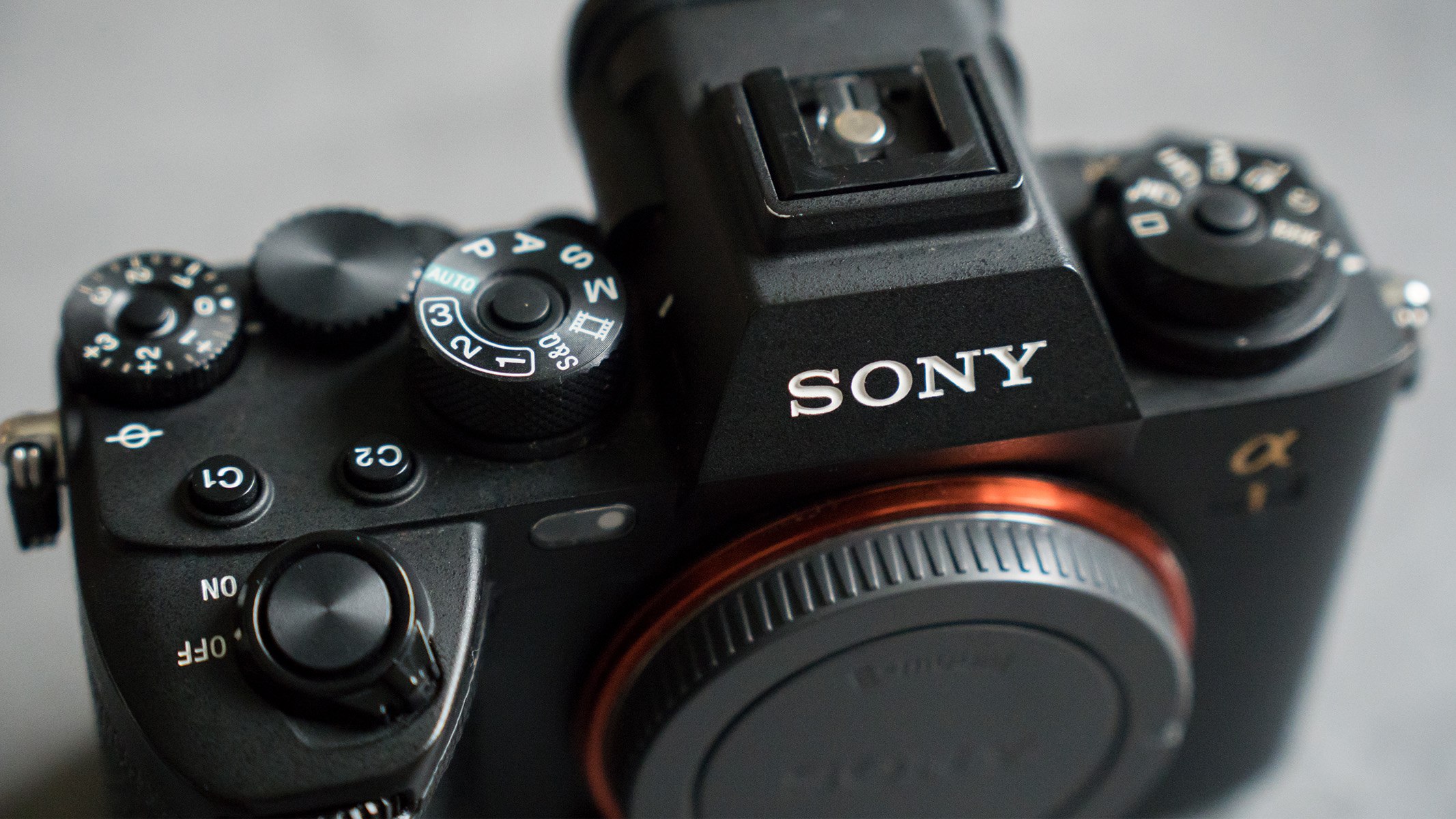
- Handy dials for focus and shooting modes
- Much better menu system
- Sensor cover
The A1 has all the design features you'd expect from a Sony camera — mode dial, exposure compensation, customizable buttons, etc., so we won't go too much into that. Still, a few newer features make this camera exciting.
One of the most significant new design features is the dials on the top of the body. Sony has added two handy dials on the left — one for focus and another for shooting modes. Having these controls on the body rather than in the menu system frees up the custom buttons for other controls, which we think is a great feature. However, one minor niggle with the control dials is that to change the setting, you need to push and hold the button while you move the dial. The only button that doesn't have this is the exposure compensation, which is a push to lock, making it much easier to use.
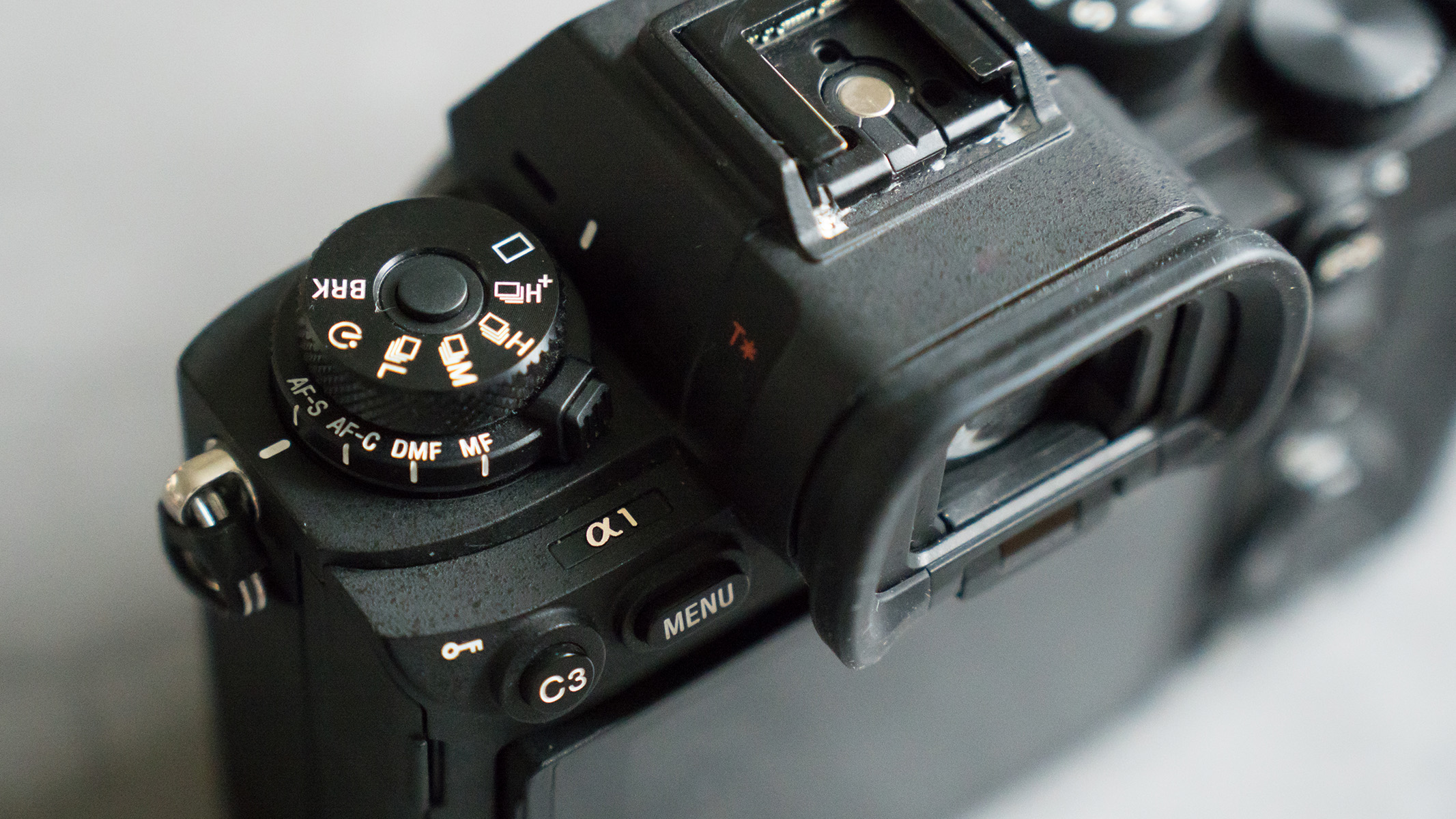
This camera also has an updated menu system which is much more intuitive than previous models. The layout is a thousand times better and easier to navigate.
It features the same LCD screen that Sony has always used however, we would have liked it to have been fully articulating rather than just tilting. The electronic viewfinder has over nine million dots and 9x magnification.
A sensor cover also completely covers the sensor when the camera is not in use. This is a great feature to prevent dust, sand, dirt, etc., from getting onto your sensor when changing your lenses out in the field. Why is this not in every camera!?
Breaking space news, the latest updates on rocket launches, skywatching events and more!
Sony A1: Performance
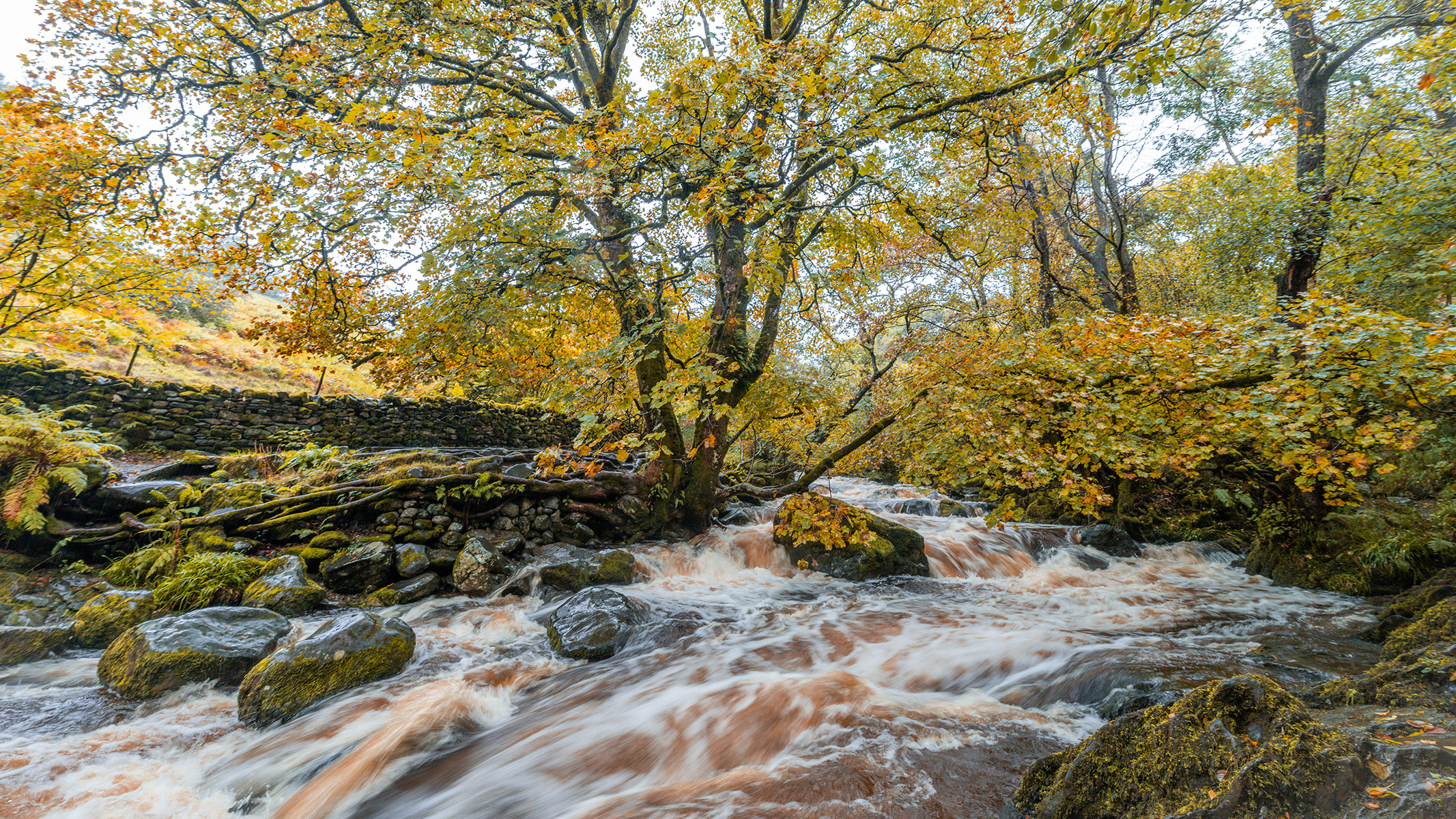
- Fast buffer clearing
- Impressive dynamic range
- Incredibly accurate eye af and tracking
The A1 is Sony's best camera in the color department, and the dynamic range is better than the A9 and the A2. The buffer-clearing speed is impressive, although this largely depends on what type of memory card you're using. The buffer also clears while you shoot, so you don't have to wait to start shooting again, which makes life much easier.
The A1 also offers lossless compressed RAW files, which no other Sony camera does. Lossless compressed is essentially the same image quality as uncompressed raw files, but the camera finds intelligent ways to get rid of some of the information which isn't of any use. The file size of a lossless compressed file comes out at about half the size of an uncompressed raw file with basically no quality loss, making it much more efficient and less of a strain on your storage system.
However, to shoot at the 30FPS the camera states it can do, you need to be using compressed raw as lossless compressed can only hit 20FPS (t is though that is still very good!). It's also worth noting that 30FPS isn't always achievable with every lens, including some native Sony lenses. Many lenses can only achieve around 15-20FPS, which is more than enough for many photographers.
As expected, this camera's eye autofocus and live tracking are nearly flawless. It's an incredibly responsive camera with no issues tracking its subject. It even has a bird mode in addition to the human and animal eye AF modes.
Sony A1: Functionality
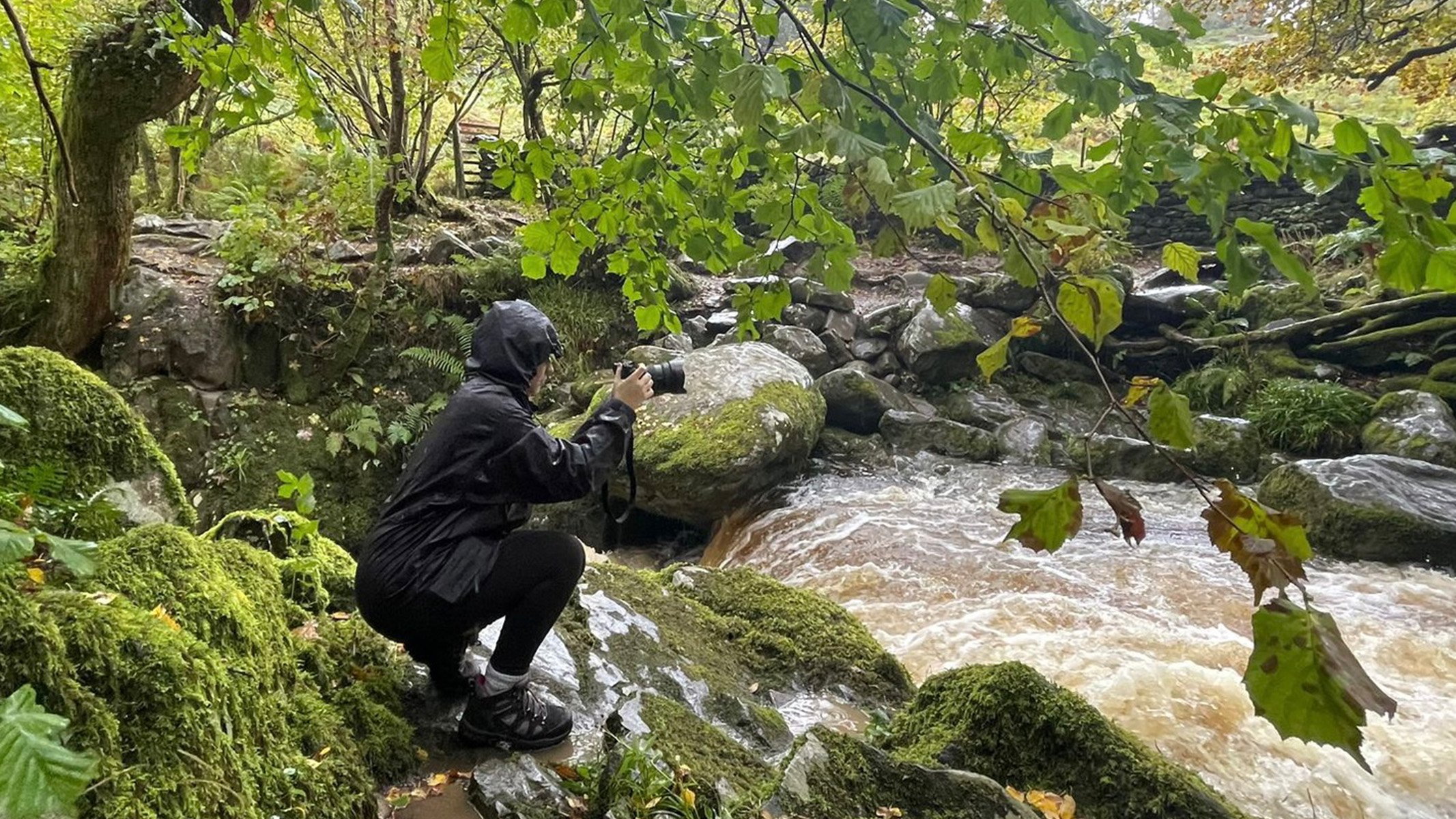
- 8K video shooting
- Mechanical and electronic shutter
- Can switch to APS-C crop
A huge selling point of this camera is its 8K video capabilities. This camera should be at the top of your wishlist if you're a photographer who also heavily shoots video. It does have its limitations, though.
One of the more significant issues this camera faces when shooting 8K video is overheating. It performs well in a temperature-controlled climate, but the video shooting time dramatically reduces under direct sunlight, even when the overheating level warning is set to high. It averages around 90 minutes of shooting time before it shuts down due to overheating. This is fine for many of what users would need it for, but it would not be ideal if you are shooting long podcasts or concerts. It does have a fast recovery time though — it only needs about five minutes before you can start shooting again and you should be good for another hour. Another thing worth noting is that 8K eats up the battery life about 30 percent faster than 4K.
The Sony A1 also supports the s-cinetone recording profile borrowed from its cinema camera lineup. The s-cinetone profile delivers a beautiful dynamic range and looks good right out of the camera.

Another newer feature of this camera is the ability to choose whether you want to use a mechanical or electronic shutter. Switching to an electronic shutter means you can access the higher frame rates this camera is capable of with barely any difference in image quality. It also means you can eliminate shutter shake, which is beneficial if you're shooting at slower speeds without a tripod. The A1 can also switch to APS-C crop mode with images of over 20MP.
Should I buy the Sony A1?
Unless you make a living as a photographer, the A1 will likely be far too expensive. It's an absolute powerhouse for video and photography, able to shoot massive 50.1MP stills photos using lossless compressed RAW files at 20FPS max burst speeds and up to 30FPS using compressed RAW files. It excels as a hybrid camera though thanks to its 8K 30P video shooting resolution and s-cinetone recording profile. However, its price will make it inaccessible for many photographers, which is a shame for all those that don't own it. That said, if you can afford it, you won't regret it.
If the Sony A1 isn't for you
The Sony A1 is often compared to the Sony A7S III. Although the A7S III only has a 12MP sensor, it's still receiving rave customer reviews. It's $3000 less than the A1, so it's a great alternative if you're not looking for such a powerhouse.
The only real direct competitor to the Sony A1, we think, is the Canon EOS R5. The performance of the Sony is on par with the R5, but thanks to the bigger sensor, the A1 'wins' in terms of image quality. The Sony has five and a half stops of shake reduction instead of Canon's eight stops, but the Sony A1 can shoot more frames per second. The R5 is an incredible comparable camera for almost half the price, check out our hands-on Canon R5 review to see what we thought of it.
Another great alternative would be the Sony A7R IV. If you aren't too fussed about being able to shoot up to 30FPS and are more interested in higher image quality, the A7R IV would be a great option with its whopping 61MP sensor. The A7R IV is also much more affordable than the A1. You can read our full Sony A7R IV review here.

Kimberley Lane is a landscape & seascape photographer living in South Wales. Originally using photography as a way to cope with health issues, she aims to portray a feeling of calm and peace through her images. Her work has been featured in a number of national photography magazines.
